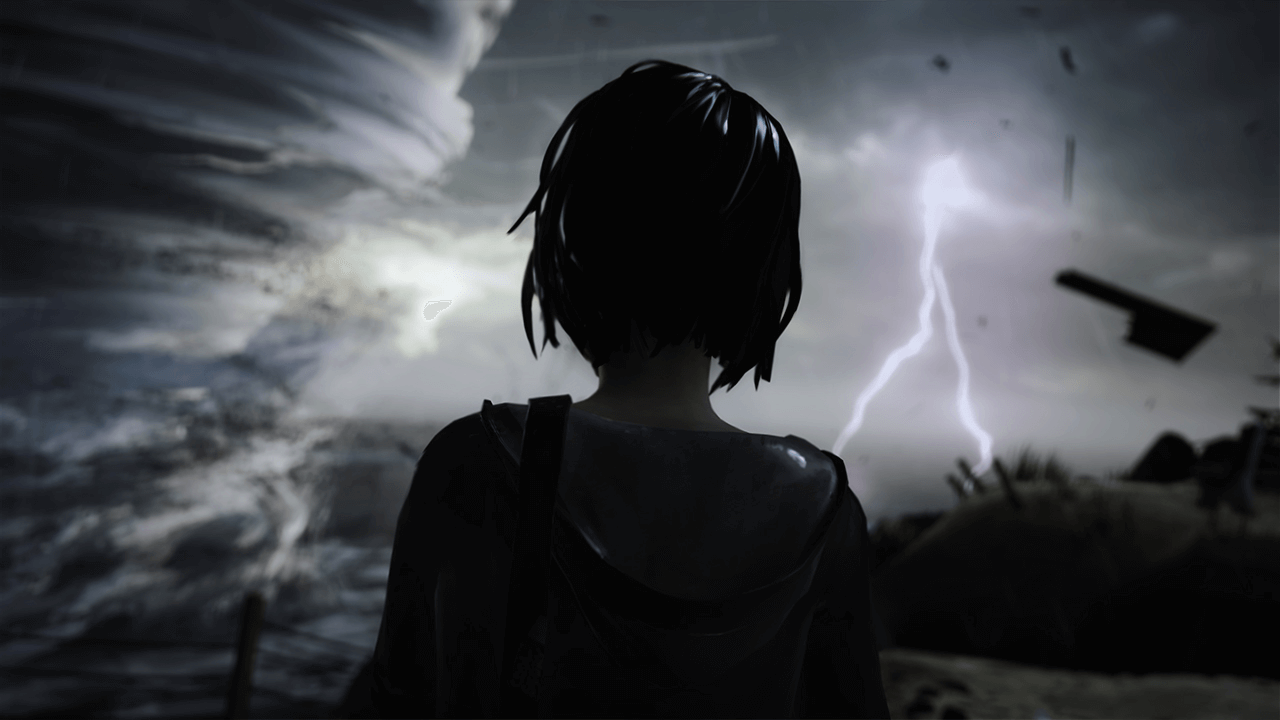Why There Isn’t More Magical Realism In Games, And Why There Should Be

What with the brilliant TV adaptation of American Gods and an impressive return to the small rural town of Twin Peaks, this has been a great year for televised magical realism.
This has got me thinking: what about video games?
What role does the genre of magical realism have in gaming, and why isn’t there more of it? Before answering this question, however, it might be sensible to offer some form of a definition for this hazy and often contested genre.
What is Magical Realism?
Broadly speaking, magical realism is a subgenre of fantasy that refers to works of literature and films where fantastical events occur in otherwise mundane worlds.
This rules out Game of Thrones, Twilight and even Harry Potter, where a coherent fantastical world exists in parallel to a mundane one, but does include the fantasy works of Haruki Murakami and Salman Rushdie.

American Gods (2017)
Some writers and critics have stricter definitions of the genre, excluding, for instance, fantasy narratives involving structuring devices such as ‘chosen ones’ and prophecies.
For the purposes of talking about video games, however, I’ll be using the term magical realism in its broadest form. As far as this article is concerned, therefore, magical realism refers to any type of fictional narrative where the fantastical and magical occur in an otherwise mundane world.
Video Games, Structure and Fantasy
So how does this fit into gaming? I don’t need to tell you that fantasy in video games is by-and-large dominated by the tropes of ‘high fantasy’ – orcs, elves, dwarfs, paladins and wizards are staples of some of the biggest video game franchises, including The Elder Scrolls, The Witcher, Final Fantasy, and Dragon Age.

Skyrim: Special Edition (2016)
It’s easy to see why these types of fantasy worlds take precedence in game design: conventional video game mechanics rely on discernible, coherent structures that can then be understood and utilised by players.
If players found that performing a certain action only sometimes produced the desired magical or fantastical effect, or if enemies and the environment suddenly behaved in unpredictable, seemingly illogical and unrepeatable ways, then players would undoubtedly become frustrated.
Indeed, this type of in-game activity is what we tend to call ‘glitches’ and ‘bugs’.
Life is Strange as Magical Realism
Video games tend to rely on structure and coherence, whereas magical realism gives pride of place to the uncertain and unpredictable. But this isn’t to say that magical realism has no place in video games.
Life is Strange can be seen to adopt some magical realist tropes, set in an otherwise ordinary small American town (quite comparable to Twin Peaks), it involves a teenage girl who inexplicably gains the ability to travel back in time, a power that seems somehow related to bizarre weather conditions affecting the coastal town.
Admittedly, the mysterious happenings in Life is Strange do become more structured and predictable over time, eventually resulting in what might be called a vaguely ‘logical’ system of fantasy elements.
We might, therefore, call these games examples of ‘soft’ magical realism, and the same might be said of American Gods and Twin Peaks, where the fantasy elements slowly come into focus as rules and limitations that seem to govern particular fantastical phenomena are revealed.

Life is Strange (2015)
However, Life is Strange demonstrates that it is possible to incorporate fantasy elements in games set in otherwise familiar environments in a way that also allows for relatively structured and consistent game mechanics.
These types of games will inevitably be more story-driven than your typical elf/dwarf/wizard RPGs and this, of course, will be more to the tastes of some gamers than others.
As a gamer and small-time developer, however, I feel that fantasy games are often too eager to fulfil players’ desires for game worlds with logical structures of magic that they can aspire to master. Magic loses its peculiarity, often becoming scientific in its causality.
Part of the appeal of Life is Strange lies in the apparent spontaneity of Max’s new found ability and the mystery surrounding it. It is to the game’s credit that this mystery is upheld to the very end and yet we feel an enduring sense that there is meaning in Max’s actions and ability without puzzling obsessively about its cause.

Memoranda (2017)
The challenges for developers attempting to turn magical realism into a gaming experience are significant.
Earlier this year a point-and-click game called Memoranda was released with a launch campaign that made explicit references to the magical realism genre.
The game was met with mostly positive feedback, but purchasers criticised the lack of ‘logic’ governing the game’s puzzles. However, as Life is Strange has shown, it is possible to incorporate magical realist elements into a game with enough consistently to merit a rewarding and meaningful gameplay experience.
Ben Turpin3 Posts
Gaming masochist. Can be found towards the bottom of the leaderscore on GoldenEye: Source or searching itch.io for surreal games. @turpin_benjamin







